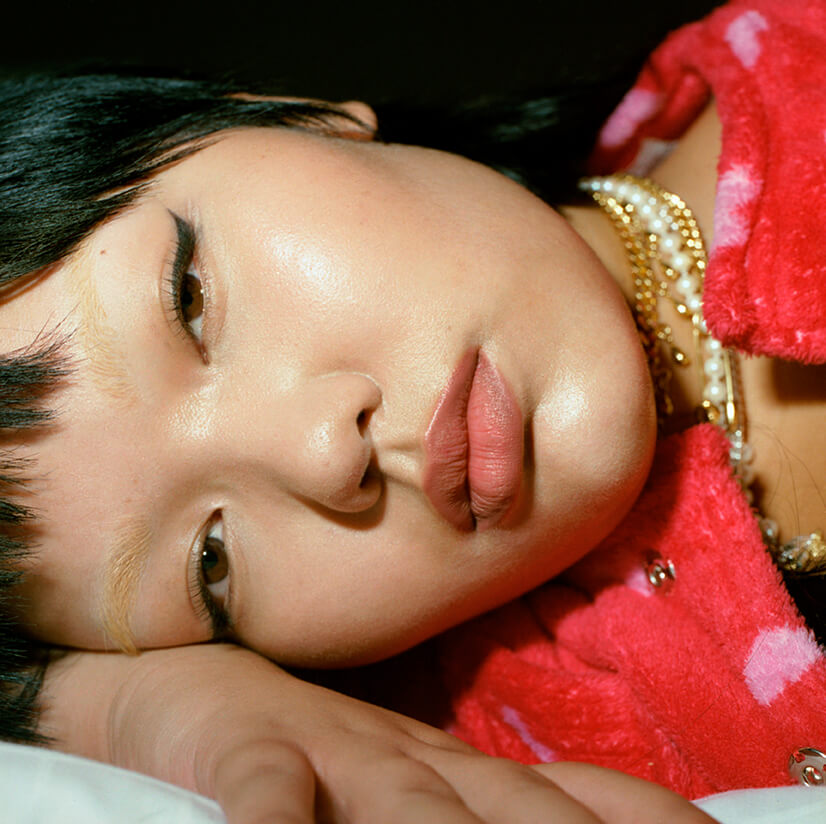
PHOTOGRAPHER AHMET UNVER @ahmetunver
INTERVIEW JESPER GUDBERGSEN @yessirjesper
STYLIST MARIA BARSOUM @mariabarsoum @linkdetails using only vintage and sustainable designers.
HAIR JOANNA RASK @joannaraskhair @mikaslooks
MAKEUP JOHANNA NOMIEY @johannanomiey @mikaslooks using @submission.beauty
MODEL LOVISA LAGER @lovisallager @mikasstockholm
Tell me a little bit about your background story. What’s important for us to understand in how you landed where you are today?
I’m half-Thai, half Swedish and grew up with my parents and two younger siblings in a low-income neighborhood in Stockholm. My father did everything to make sure we were expressing ourselves – allowing us to paint on the walls and saving every little scrappy drawing we made. I think he hit the pause button on a lot of his art dreams to make sure he could provide for us as a journalist and allow us the freedom to explore our creativity. He had put himself through art school when he was younger and it was so important in how he raised us, taking us to museums, art shows and so on. I am grateful to have grown up somewhere where all that was so accessible to me, even though we did not have any money. My childhood definitely also had the elements of a typical immigrant family where my mom struggled, taking Swedish classes in order to find herself a job, and my dad always worked hard, and so by default I became sort of the third parent. Its something I think a lot of older siblings in first-generation families can relate to. Having to grow up a little faster because of my surroundings is something crucial in my character. I often take on the nurturing role in friendships and relationships.
Tell us a bit more about how having mixed race parents affected your upbringing ?
At age 9 I changed to a school that was primarily white, which was the first time I experienced racism closely. We all came from different neighborhoods and it became clear to me that I, quite literally, came from the wrong side of the tracks. While I was more than welcome to have sleepovers and playdates at my friends’ houses, they were not allowed to go to mine. Classism was a very tangible part of the racism I experienced, and I think that is overall a huge part of racism in Sweden. Racism is a major issue in Sweden, but it’s complicated because society pretends it doesn’t exist. I didn’t understand a lot of the racist moments I experienced until I was older, because they often came from a very “well-meaning” and micro-aggressive place. It’s complicated to fully grasp feeling hurt by a comment or action that is being served in pseudo-friendly packaging.
Your worth is not based on your work. You’re allowed to put up boundaries, saying no and taking days off. I’m human before I am a model. I value my friends and family. I value the art that comes with this job. If you don’t take me as I am, then it’s really easy to work with someone else.
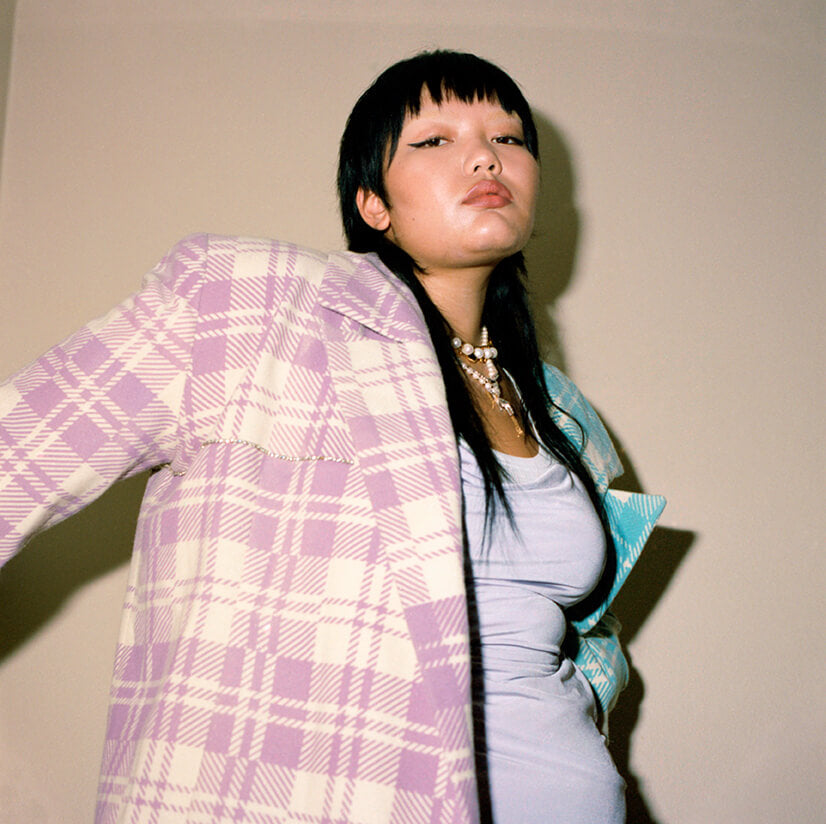
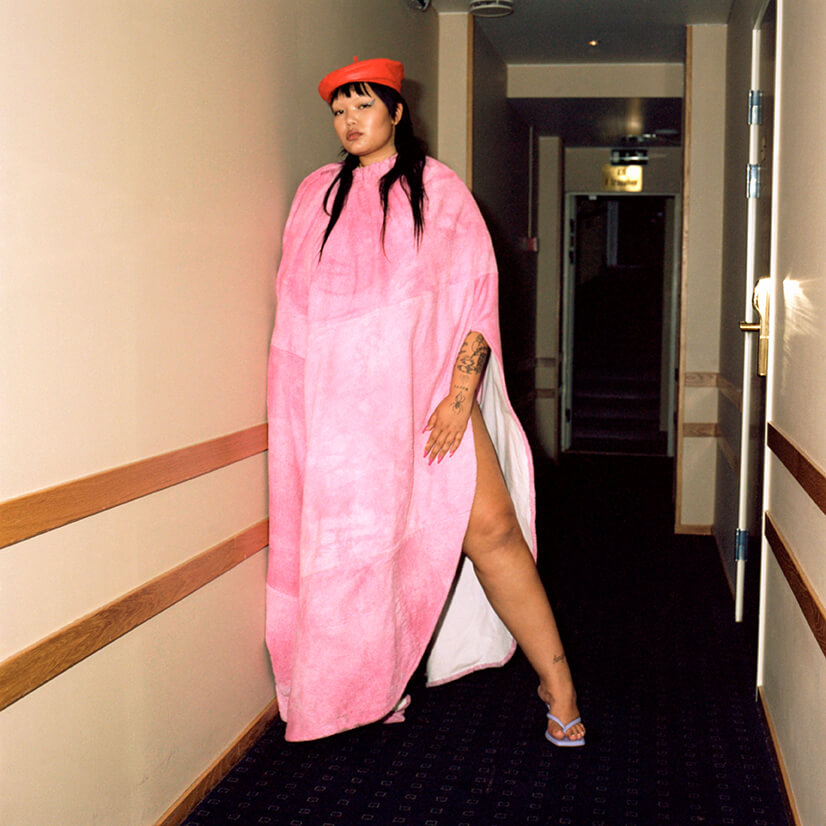
Is there a particular moment of beauty from your childhood that stands out in your memory?
My mother had this beautiful vibrant teal eyeshadow and I remember being really young, maybe 4 years old, playing around with makeup and not understanding why the eye shadow looked like it did. I wasn’t used to seeing Asian beauty at all, I thought it looked so strange on my eyelids because I never saw anyone with my eye shape. The fact that this frustration was happening to me at age 4, I think that says a lot about representation. The funny thing is though, I turned to my Bratz dolls because their eyes were actually like mine and thought “okay I’m actually just gonna do it like that” and it worked. I’ve been applying my eyeshadow like Bratz dolls do it, ever since.
Asian-American model China Machado talks about how her first agent told her to be prepared that she would always be the token, and that she would never land money jobs, just editorials where she would be the odd one out – and how she learned in her career that this was true. How different do you think the model experience is for you, some 60+ years later?
The spice. I get that. It feels very true and is very much still a thing for me. Most of the time I am the only POC model and it’s especially often true that I’m the only curvy girl in the room. When it comes to styling, I never have as many look options as the other girls and they’re usually not as fun and creative. For the most part I have been incredibly lucky, but there are definitely jobs where I clearly feel there is only one reason I am there, and one reason alone.
At the end of the day, I tick a few boxes : POC, curvy and queer. So when people are casting and come across me, it’s like winning the diversity lottery. I try to stay away from working with those people again: if that’s how you go about casting, we just don’t match.
Let’s talk about bodies some more. What terms do we use – body-positivity? Fat-activism? Self-love/self-care? How do you like to talk about this, and where is your head at the moment?
I’m getting tired of body-positivity. That whole movement has been capitalized and abused by the wrong people: The white influencers trying to co-opt this and make light of it by showing an “IG-gorgeous model at home with a slice of pizza” – all that. It’s all a scam. Seeing an attractive white influencer with a fat roll when they sit down is not going to heal me of my trauma. It’s getting tired because it has moved away from the core message it began with. It was about fat people helping other fat people relearn love for their bodies, or for many, finding it for the first time. I follow so many beautiful women who feel obliged to explain themselves when posting a gorgeous image of their body in a bikini. I tell them to just post it, feel the endorphins kick in, and go on with your day. Why do I have to explain all the fat on my body each time I post something when it doesn’t need any explanation? It may sound harsh, but I think sometimes it carries more meaning to post that picture for everyone to just take in and leave it at that. When I have bad days and feel weighed down by body dysmorphia, I try to focus on how amazing the body is. I’m breathing, my legs are working, my blood is pumping… when you get hurt, the body instantly starts to heal itself, it’s an amazing thing. I’m tired of all the nonsense. We need to normalize every type of body, because they are all incredible. For me, the best way right now is to just post the picture and leave. If you want to leave a message with it, do it for yourself. Not to prove something to everyone. Posting just like everyone else is posting will eventually normalize it. Your body is not a big deal and it shouldn’t be a big deal.
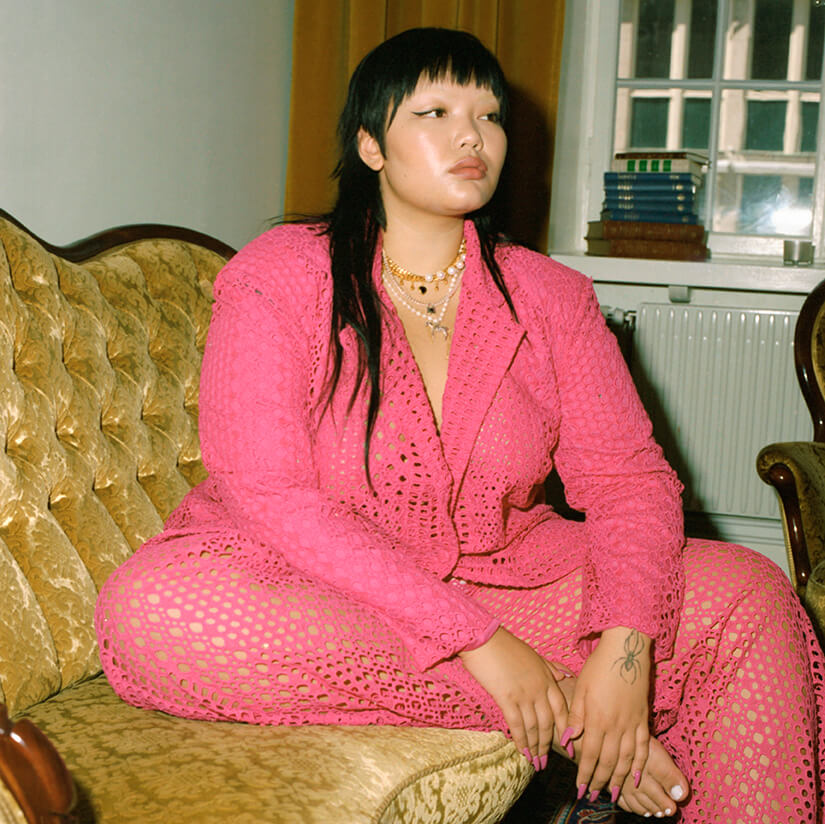
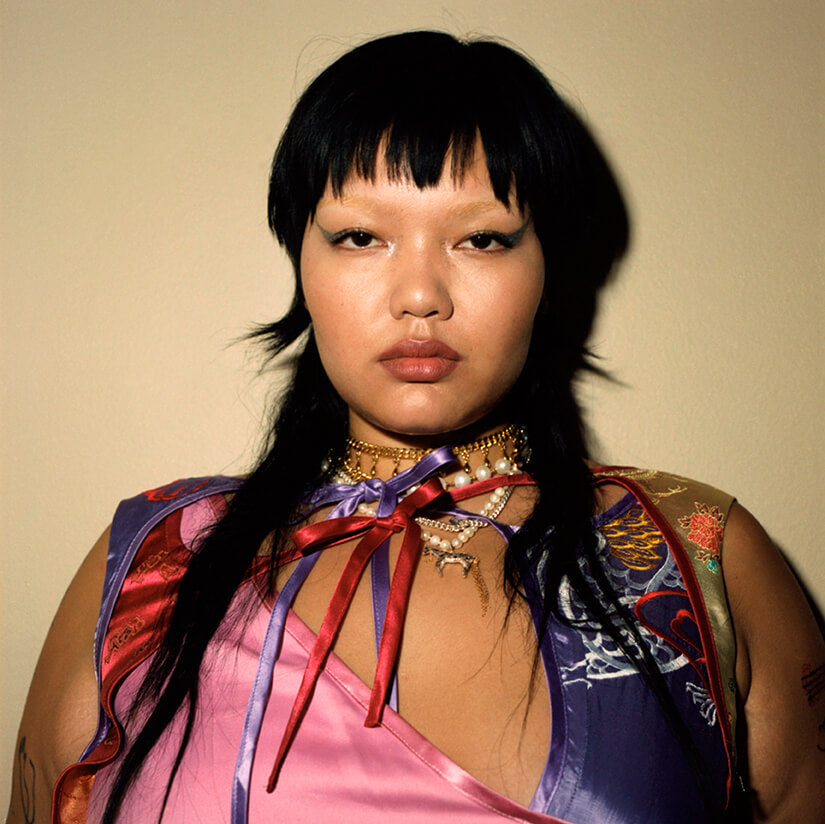
A lot of your fashion work plays with the line between erotica and fashion. Is that because you are more open to that feeling or do you think people tend to almost fetishize a body like yours?
I’ve been having these conversations with my curvy model friends. Are we being fetishized in a way? Possibly. But more often than not, we’ve become used to doing lingerie or partially nude because the clothes don’t fit. Instead of elevating the mood, draping us in fabrics, corseting a big piece of cloth and creating fantastic renaissance shapes, we’re left standing naked in heels, holding up a piece of clothing that wouldn’t zip up. That’s more often how fashion chooses to deal with us. It’s fine, but I’ve seen that a hundred times over. I understand how it’s not easy for stylists to pull from fashion houses when they only make sample size clothing, but the only way to change that is to be vocal about how we need that to change. We can’t blame the fashion houses and leave it there. If you are frustrated and feel like this impacts your work negatively, then join us and speak up about it. I think calling yourself a stylist when you can only style one type of body is just as bad as a makeup artist that only does one skin tone. People are too quickly establishing themselves as a master of their craft, and please by all means, do you – but while I do believe we should all still be able to learn something new at any stage of our career, there are certain things you just need to have down before you claim to be an expert in your field.
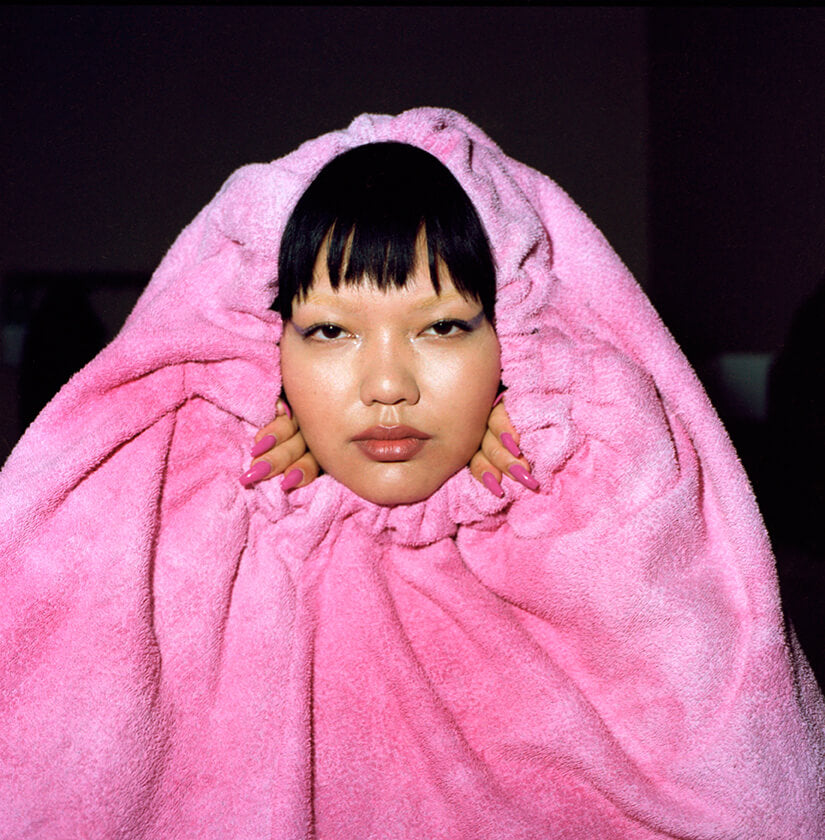
Your editorial work seems very well curated and flows together seamlessly. Is that because you are involved in the process more than models usually are, surrounding yourself with creatives and collaborating?
Most often, models get left in the shadows when it comes to decision-making. I know how all the people behind the camera have so much work to do before the shoot and it seems arrogant to me that they so rarely share the moodboard with the model the night before. We usually show up on set and have no clue about what the day is going to look like, what WE are going to look like. I think being included helps us be better models. When I do get to take part in the process of planning an editorial, it’s usually because I have worked with the team before. I prefer to work with people who are open to ideas and the input of others on set. If I sniff that out while I’m working a job with someone, I make sure they know I’m a creative person and that usually results in collaborations down the line. My mentality is to be polite and never question someone else’s vision, but I do try to take part in the process on set, our minds should meet. I let the makeup artist know if I don’t think a particular eyeliner works for me, because at the end of the day I have to be comfortable too, to serve you the best of the best. Being perceived and played with as if I’m a doll is dehumanizing and won’t give you the best result. I have boundaries, and I need you to understand and respect them.
A little birdie told us that you are moving to New York later this summer. Tell us about your decision?
I often feel the industry in Europe has limitations. To me it gets very bland, there’s no spice to it. Even between cities, Stockholm, London, wherever, people are speaking in one “approved” voice, whereas New York is open to anyone and anything. Everyone has an avenue to make their visions come alive. After spending 3 months in NYC earlier this year, coming back to Stockholm felt completely claustrophobic. In Europe, especially up north, they like being comfortable so much that even an odd-colored eyeliner can be scary. It gets so repetitive because the catalogues and editorials are always filled with the same girls. And I’m not saying those girls are basic – it’s just easier to work with someone who has clear skin and a silhouette that works with the aesthetic of ‘Scandinavian style’ etc – but I’d like to see someone take more risks. At the end of the day it also has to do with opportunities. In the states, I have experienced being booked as “just” a model more times than I ever have in Europe. It’s such a nice feeling to just be a model and not the odd one out. I did a show in Italy once, as the only curvy girl out of 50 models, and on the day of the show, the guards wouldn’t let me into the glam room because they didn’t believe I was a model. New York is a much more kind place to be curvy.
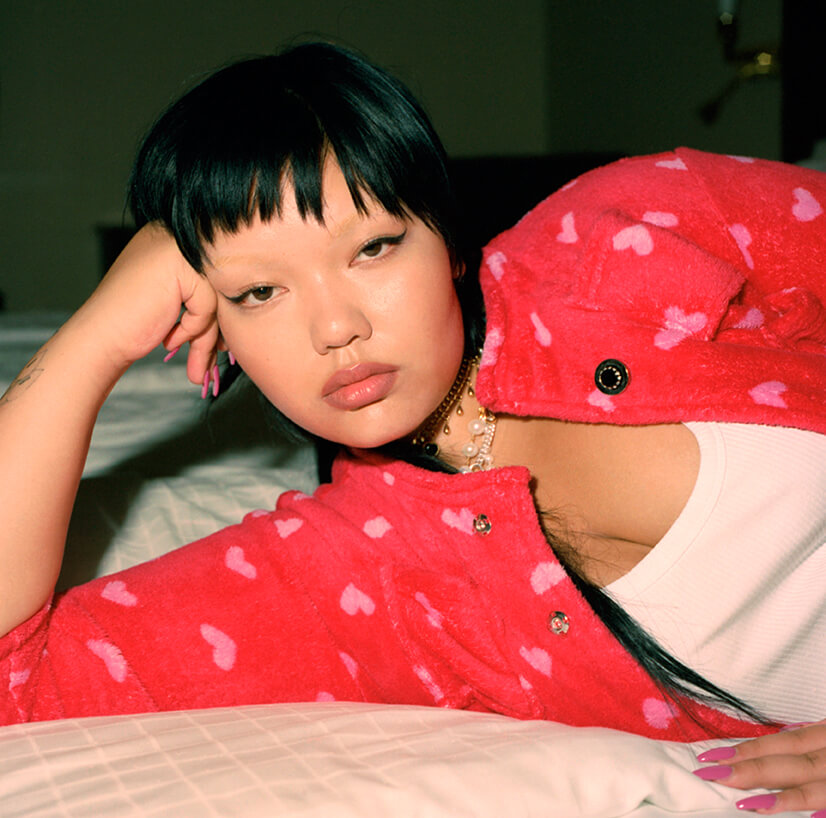
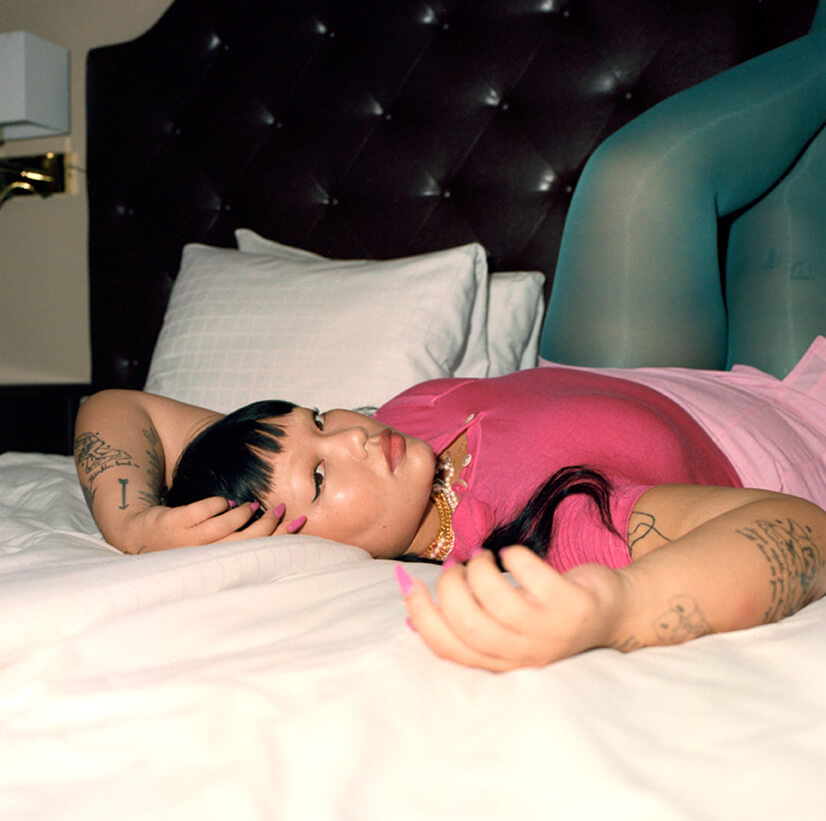
| Cookie | Duration | Description |
|---|---|---|
| cookielawinfo-checkbox-analytics | 11 months | This cookie is set by GDPR Cookie Consent plugin. The cookie is used to store the user consent for the cookies in the category "Analytics". |
| cookielawinfo-checkbox-functional | 11 months | The cookie is set by GDPR cookie consent to record the user consent for the cookies in the category "Functional". |
| cookielawinfo-checkbox-necessary | 11 months | This cookie is set by GDPR Cookie Consent plugin. The cookies is used to store the user consent for the cookies in the category "Necessary". |
| cookielawinfo-checkbox-others | 11 months | This cookie is set by GDPR Cookie Consent plugin. The cookie is used to store the user consent for the cookies in the category "Other. |
| cookielawinfo-checkbox-performance | 11 months | This cookie is set by GDPR Cookie Consent plugin. The cookie is used to store the user consent for the cookies in the category "Performance". |
| viewed_cookie_policy | 11 months | The cookie is set by the GDPR Cookie Consent plugin and is used to store whether or not user has consented to the use of cookies. It does not store any personal data. |